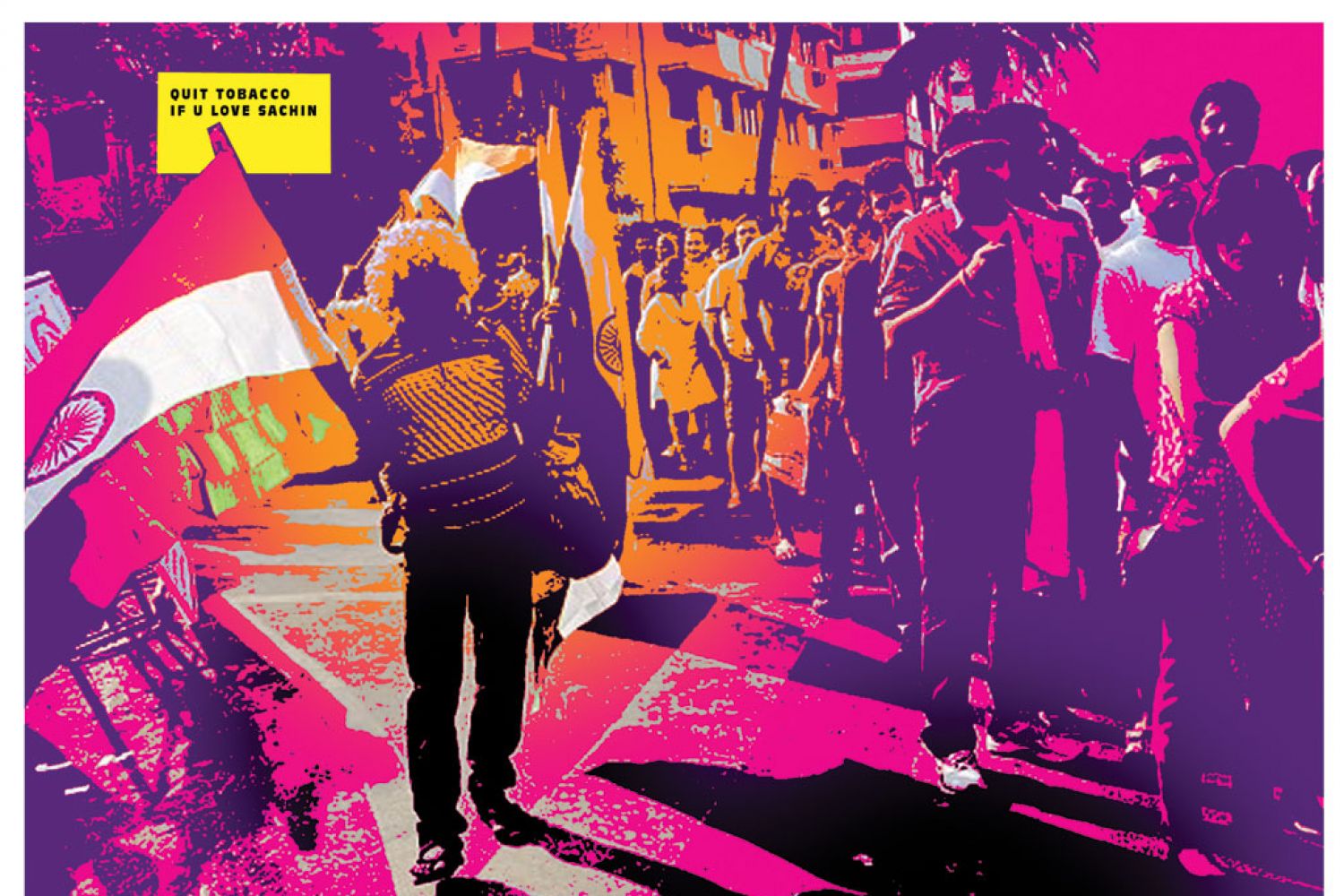
The last stand
Sachin and us.
It dawns on me on Day 2 as the crowd strikes up the chant
“Eh oh, eh oh, Dhoni is a madarchod”. This match isn’t about cricket at
all. It isn’t even about Sachin Tendulkar, whose last outing this is after 24
years of playing the game. No, we in the crowd care only that we have come to
watch Tendulkar play his 200th and final test match. Cricket and Tendulkar are
only the theme of this particular amusement park, the bonfire around which we
dance ou





